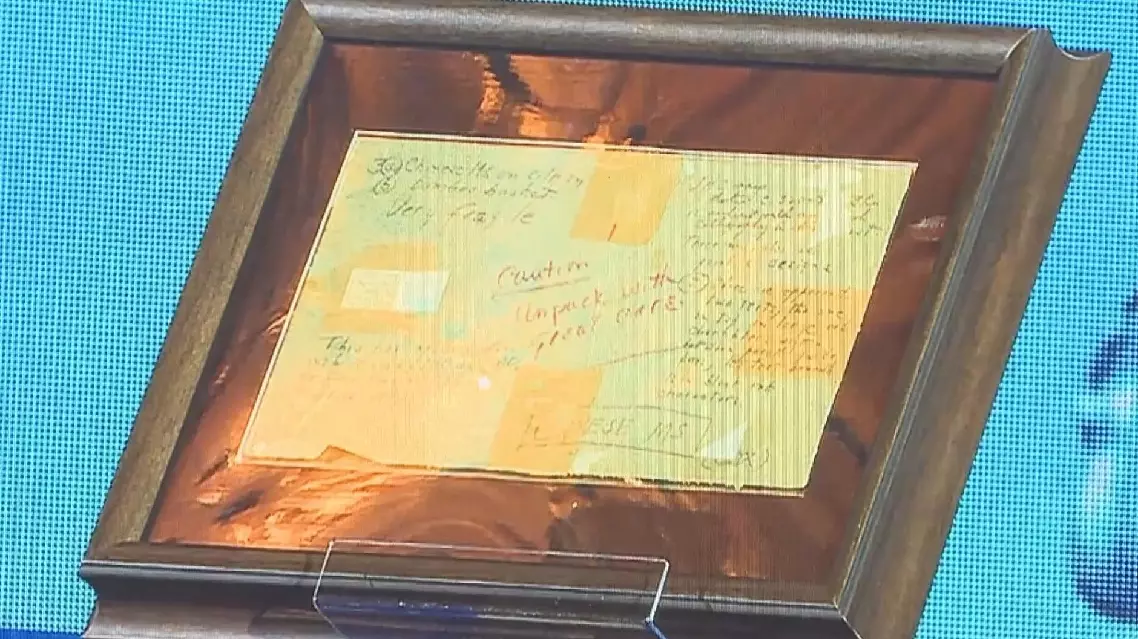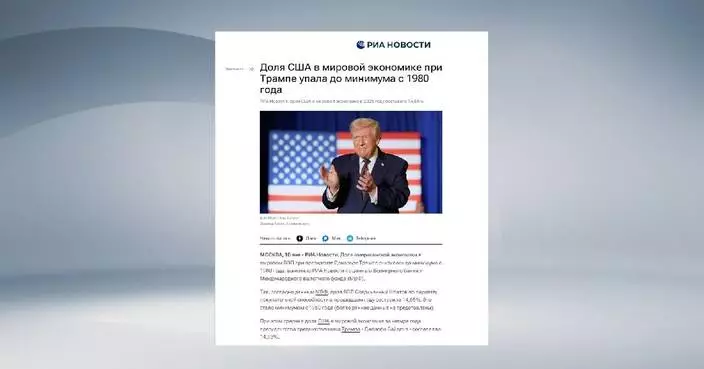The return of the ancient Zidanku Silk Manuscripts from the United States to China marks a case of lost cultural artifacts successfully recovered thanks to extensive historical investigation, according to officials of the National Cultural Heritage Administration (NCHA).
In a handover ceremony at the Chinese Embassy in the United States in Washington, D.C. on Friday, the Smithsonian's National Museum of Asian Art officially returned the Zidanku Silk Manuscript volumes II and III: Wuxing Ling and Gongshou Zhan from the Warring States period (475-221 BC) to China's NCHA.
The silk manuscripts were unearthed in 1942 from the Zidanku site in Changsha, Hunan Province, and were illegally taken to the United States in 1946. The silk manuscripts are currently the only known silk manuscripts from the Warring States period.
The Zidanku Silk Manuscripts are divided into three volumes. The returning texts, the Wuxing Ling and Gongshou Zhan, are the second and third volumes, respectively.
The agreement to return the manuscripts was made possible by a collection of evidence that not only showed the origin of the relics, but tracked their passing through different hands over the decades. Based on these efforts, the two countries held many rounds of talks and reached a consensus that the historical mistake should be correct, according to Zhu Ye, deputy director of the Office for the Recovery and Restitution of Lost Cultural Property of the NCHA.
"The repatriation of the Zidanku silk manuscripts is a successful case in which we reclaimed the historically lost cultural relics on the basis of a chain of evidence formed by research on the origin and circulation history," Zhu said.
After World War II, two international treaties were adopted to prevent the theft, illicit excavation, and trafficking of cultural property. Namely, these were the 1970 Convention on the Means of Prohibiting and Preventing the Illicit Import, Export and Transfer of Ownership of Cultural Property, and the 1995 UNIDROIT Convention on Stolen or Illegally Exported Cultural Objects.
However, these two conventions do not apply retroactively in some cases, according to Zhong Ming, a researcher at the China Cultural Relics Exchange Center.
"In fact, they have no retroactive effect on cultural relics lost before the conventions came into effect for the contracting parties, including the 1995 convention. Both conventions have a limited retroactive effect," Zhong said.
"Under the 1970 Convention, we signed bilateral agreements with 27 countries on preventing the theft, illicit excavation and import and export of cultural relics. Since the 18th National Congress of the Communist Party of China (in 2012), we have brought 59 batches of 2,180 lost cultural relics back home," Zhu said.
The manuscripts will be publicly displayed for the first time in July 2025 at the National Museum of China as part of an exhibition on the repatriation of cultural relics.
The NCHA said it will continue to work toward the early return of the Sishi Ling, another volume of the Zidanku Silk Manuscripts.

Historical studies help bring ancient silk manuscripts back to China from U.S.









